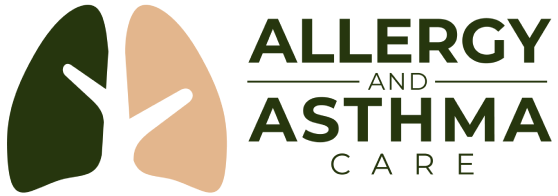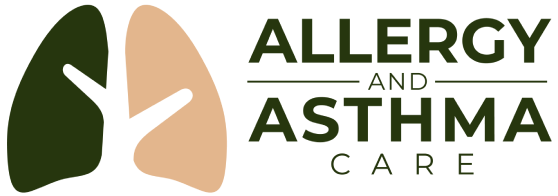Latex is made from a milky fluid that comes from the rubber tree. With a latex allergy, the body treats certain proteins in latex as a harmful substance. This may happen when products made from latex touch your skin, mouth, genitals, or rectum.
Children who have a chronic disease or who have had a lot of surgeries have been exposed to latex from medical procedures. They may become sensitive to it. Children and adults who have allergies to certain foods may also have a latex allergy. Both the foods and the latex may have some of the same proteins.
Commonly eaten foods which contain some of the same proteins as latex include:
- fruits such as bananas, kiwi, cherries, papaya, figs, peaches, nectarines, and plums
- vegetables such as avocados, celery, potatoes, squash, and tomatoes
- nuts such as chestnuts, almonds, cashews, peanuts, pecans, and walnuts
- shellfish such as crab, lobster, and shrimp.
If you think your child is allergic to latex, it is important to get a diagnosis from allergist. Symptoms can develop over several hours or be immediate and severe:
- skin reactions such as itching, hives, eczema, or swelling
- diarrhea, nausea, vomiting, stomach pain or itching around the mouth
- runny nose, wheezing, or trouble breathing
- rapid heartbeat
It is also possible to have an allergic reaction called anaphylactic shock. This is a serious reaction that is sudden, severe, and can involve the whole body. It can cause swelling of the mouth and throat, dangerously low blood pressure, and trouble breathing. This type of reaction is an emergency. Call 911 immediately. It is treated with epinephrine (a medicine that is given by injection). Adults and parents or caregivers of children who have severe allergic reactions have to learn how to use an epinephrine shot and carry their own epinephrine shot kits in case of emergency. Ask your allergist about the need to carry an epinephrine syringe and how to use it.
What to Avoid
Many things may contain latex, such as:
- art or school supplies such as paint, glue, adhesive tape, rubber bands, and erasers
- baby care items such as pacifiers, bottle nipples, and disposable diapers
- clothing items such as sport shoes, raincoats, elastic on underwear and socks
- dental dams used during dental procedures
- elastic bandages and Band-Aids
- many kinds of gloves
- medical supplies such as IV tubing, catheters, blood pressure cuffs, stethoscopes, and medicine bottles
- rubber balloons (Mylar balloons are OK.)
- toys such as tennis balls, beach and water toys, and the hand grips on racquets and bicycles
- zippered plastic storage bags.
Any item that can be stretched may contain latex. There are many things that can be used instead of things that contain latex. They are made from vinyl, plastic, or silicone.
Tell all dentists, healthcare providers, teachers, daycare providers and babysitters, friends, and family members that your child has a latex allergy. Be sure medical and school records have a latex allergy alert.
Make sure your child wears a MedicAlert bracelet or necklace.
Teach your child to know and avoid latex products.
Know what to do in case of an emergency. Call Allergy and Asthma Care for full evaluation and education about using epinephrine in case of emergency.


